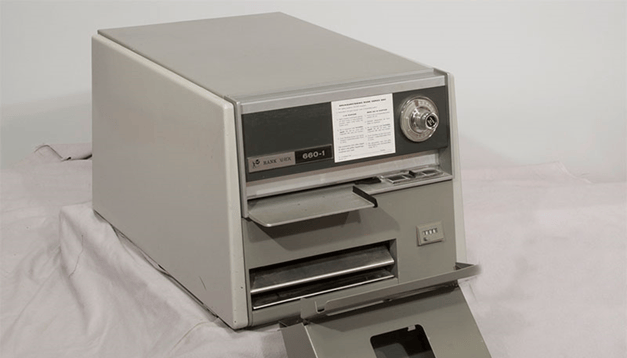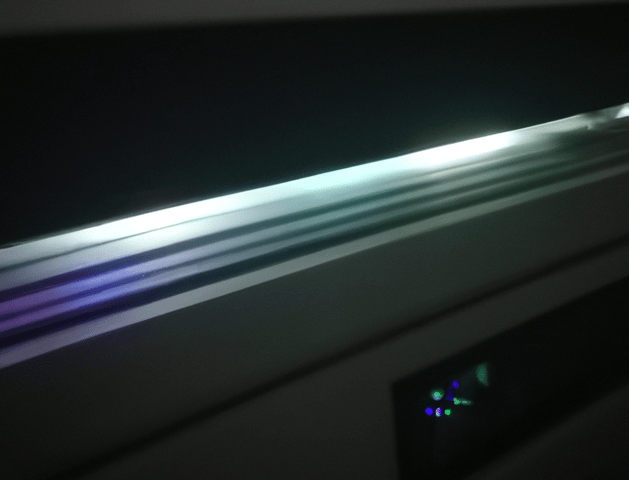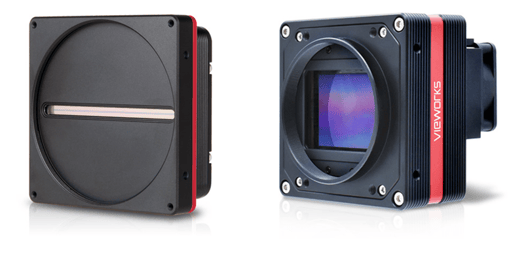Welcome to a fresh series of blog posts on Clearview Blog. In the upcoming four posts, we will delve into the world of line scan imaging.
The evolution of line scan imaging
In a world dominated by printed information, the industrial revolution sparked rapid technological advancements in various industries. One significant area of progress focused on scanning and transmitting printed information, which had become indispensable by then.

Historically, several attempts were made to scan and transmit printed information and images remotely. Notable examples include Bain’s “Electric Printing Telegraph” in 1846, Caselli’s Pantelegraph in 1860, Hummel’s Telediagraph in 1895, and Belin’s Bélinograph in 1913. The latter was the first to incorporate a photocell to scan printed text and images, laying the foundation for modern imaging sensors.
The contemporary era of scanning
Fast forward to 1964, when the Xerox corporation patented and introduced what is regarded as the inaugural commercial fax machine. It utilized a photographic sensor known as a “drum scanner” or “rotating drum scanner.” This technology was also commonly known as the “Xerographic scanner.”
Both the historical xerographic drum scanner and modern line scan imaging share the fundamental concept of capturing images line by line. In the drum scanner, a photoconductive drum was uniformly charged and exposed to light from the document, forming an electrostatic latent image. This image was then developed with toner and transferred to paper.

The Xerox 660 desktop copier, 1966. Photo credit xeroxnostalgia.com.
This technology has significantly advanced over the past 50 years, culminating in the LED-illuminated line scanning photocopier machines commonly found in offices and homes today.

The humble office scanner is a prime example of everyday line scanning.
In modern line scan imaging, a camera or sensor captures individual lines of an image as an object moves, gradually constructing a complete image. While the mechanisms and applications may differ, the fundamental concept of linear data capture remains consistent. This line-by-line approach enables high-resolution imaging and is utilized in various fields, showcasing a continuum of imaging technology innovation.

Modern Vieworks line scan and area scan cameras side-by-side
Line scan imaging is a specialized technique in machine vision that involves capturing images one line at a time instead of capturing the entire image at once. Traditional digital cameras or sensors take a snapshot of the entire scene simultaneously, resulting in a complete image, known as area scan.

Visualisation of a single area scan capture: full X & Y axis resolution
In contrast, line scan imaging captures a single row of pixels sequentially as the camera or sensor moves along the scene. These pixel rows are then stitched together to form a complete image.
![]() Post navigation
Post navigation



